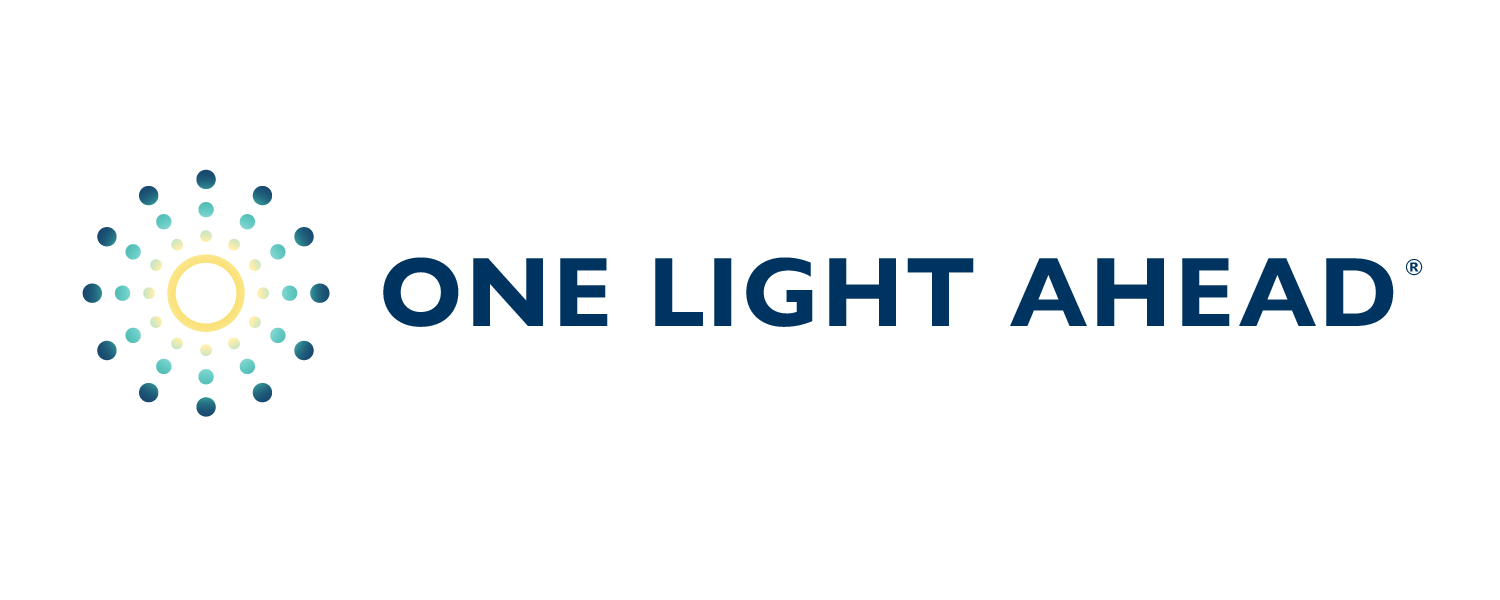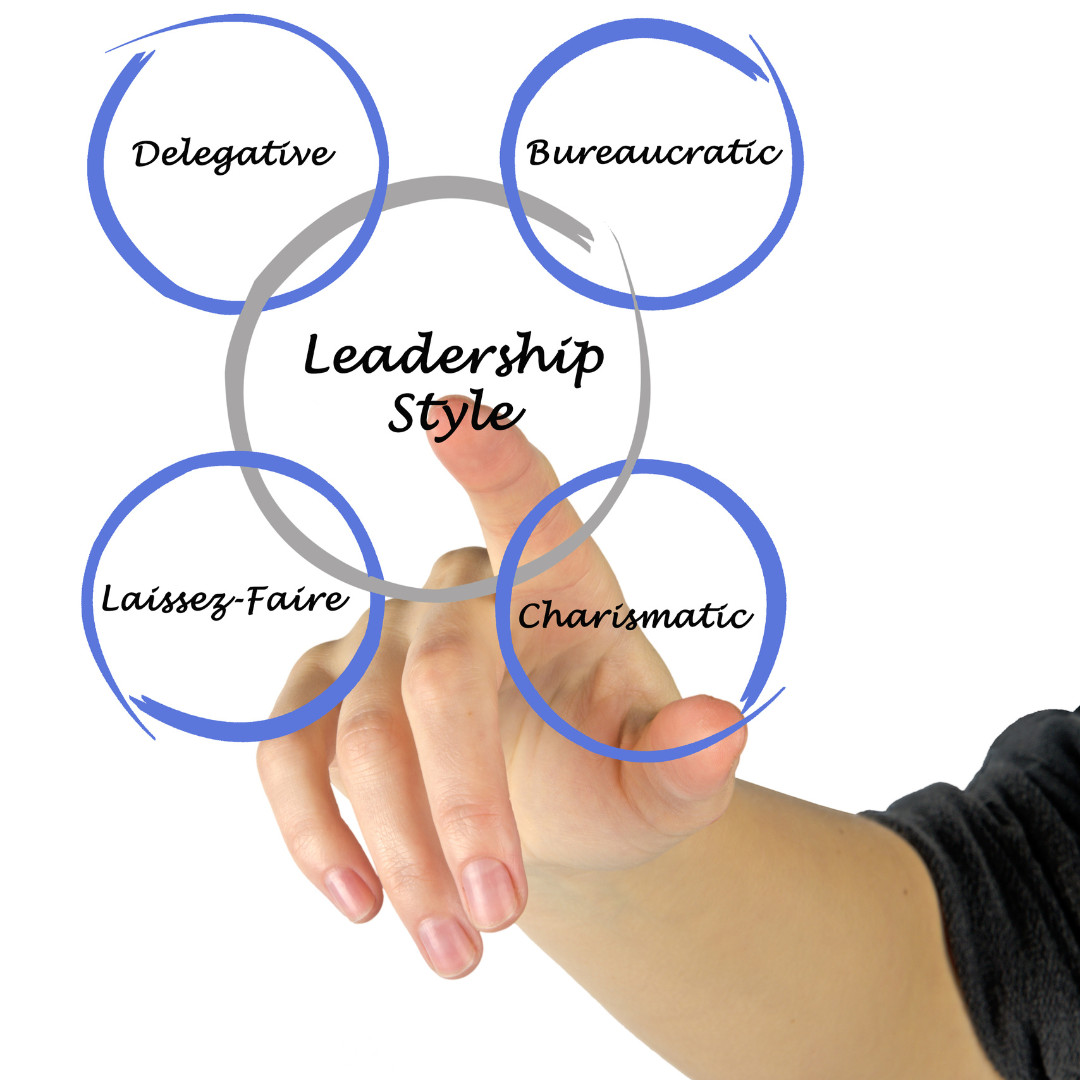
The Hidden Costs of Employee Disengagement
Employee disengagement is a silent but costly challenge that impacts organizations of all sizes. Consider these eye-opening statistics shared during a final presentation from the immersion phase of the Leadership Experience:
33% of employees are actively engaged.
42% feel psychologically safe.
45% have a clear understanding of their job expectations.
These numbers highlight the widespread issues of unclear communication, lack of purpose, and toxic work cultures. As trainees Jennifer Achterberg, Steve Hultquist, and Erik Huso pointed out, disengagement doesn’t just affect morale—it significantly impacts an organization’s bottom line. High turnover, burnout, and inefficiency create a ripple effect that stifles growth and innovation.
Why Leadership Matters More Than Ever
The team emphasized that leadership is the foundation for creating a positive and productive workplace culture. As they noted, happy and engaged employees drive better results and foster sustainable success. On the flip side, poor leadership contributes to toxic environments where employees feel undervalued and disconnected.
Key Leadership Insights:
- Activity Doesn’t Equal Productivity
Steve highlighted a critical misconception: "Busyness doesn’t mean progress." Without clear goals and priorities, employees can be active without being productive. Leadership must provide direction and alignment to focus efforts on meaningful outcomes. - Listening to Listen
Jennifer shared the profound impact of listening to understand, rather than to respond. This practice, called intrinsic validation, fosters trust and collaboration, enabling team members to feel truly heard and valued. - Creating Order from Chaos
Every organization faces periods of chaos, but leaders can bring clarity by building strong communication channels and fostering collaboration. As Erik pointed out, effective leaders transform disorganized efforts into intentional and impactful outcomes.
The Cost of Disengagement
The presentation also shed light on the tangible and intangible costs of employee disengagement:
- In 2020, 74% of employees were willing to embrace change.
- By 2022, that number plummeted to 43%, reflecting the exhaustion and disillusionment of many employees.
Furthermore, 57% of employees cite their managers as the primary reason for leaving their jobs. The team explained that disengagement leads to high turnover, loss of institutional knowledge, and diminished morale—issues that cost companies far more than they often realize.
Transformative Takeaways from The Leadership Experience
Through the Leadership Experience, Jennifer, Steve, and Erik witnessed the transformative power of leadership development firsthand:
- Jennifer discovered how to overcome her introverted tendencies and confidently contribute her unique strengths to the team.
- Steve highlighted the importance of aligning roles with individual talents, saying, "Team success lies in empowering people to do what they love and love what they do."
- Erik reflected on the program’s universal impact, stating, "It takes whoever you are, wherever you are, and up-levels you."
These insights demonstrate how investing in leadership development fosters growth for individuals and organizations alike.
A Path Forward for Leaders
As the team emphasized, leadership is about more than managing tasks—it’s about inspiring and empowering people. By addressing employee disengagement through better communication, clear expectations, and meaningful connection, leaders can create cultures where teams thrive.
💡 Ready to transform your leadership and build a culture of engagement?
Watch the Presentation
Curious to hear more about the insights from this team?
Effective leadership isn’t a luxury—it’s a necessity. When leaders prioritize connection and engagement, they unlock the full potential of their teams and organizations. Let’s revolutionize workplace culture together.
















0 Comments